Architekturfotografie ist ein spezielles Genre der Fotografie, das sich auf das Abbilden von Gebäuden und anderen architektonischen Strukturen konzentriert. Ziel ist es, sowohl die Ästhetik als auch die Funktionalität der Architektur festzuhalten und oft auch die Beziehung zwischen dem Bauwerk und seiner Umgebung zu betonen. Dabei geht es nicht nur darum, die Architektur "abzupixeln", sondern auch, den Charakter und die Atmosphäre des Ortes zu vermitteln.
Beispiele: Sportanlage Wetzikon Meierwiesen, Bahnhof Restaurant Dübendorf, ZKB Zürich Neue Hard, Restaurant Sternen im Sternenberg, Zürich Rothstrasse, Raiffeisen Bank Uster, Seegräben Pfäffikersee Renovation und Neubau, Renovierung und Anbau Effretikon

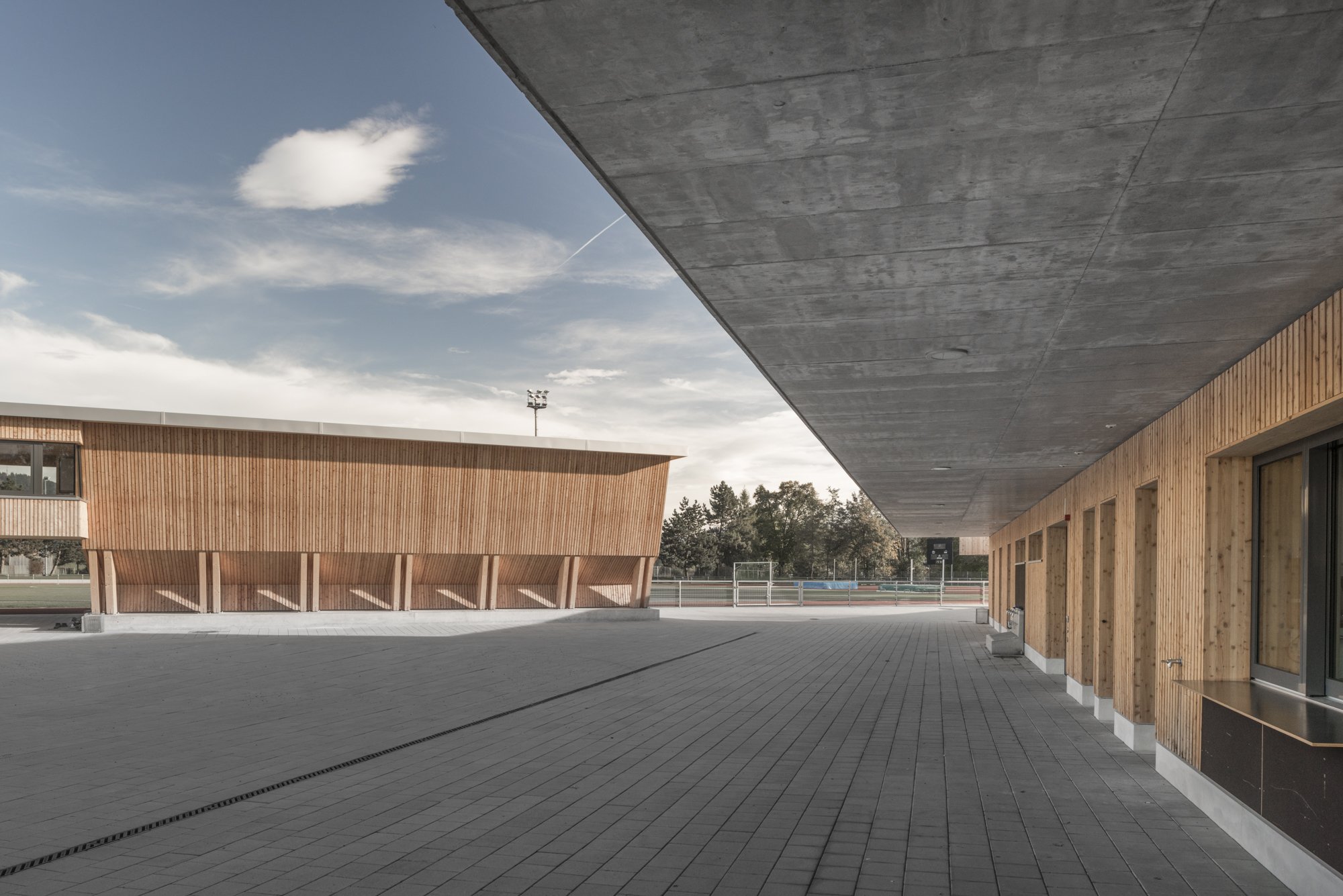
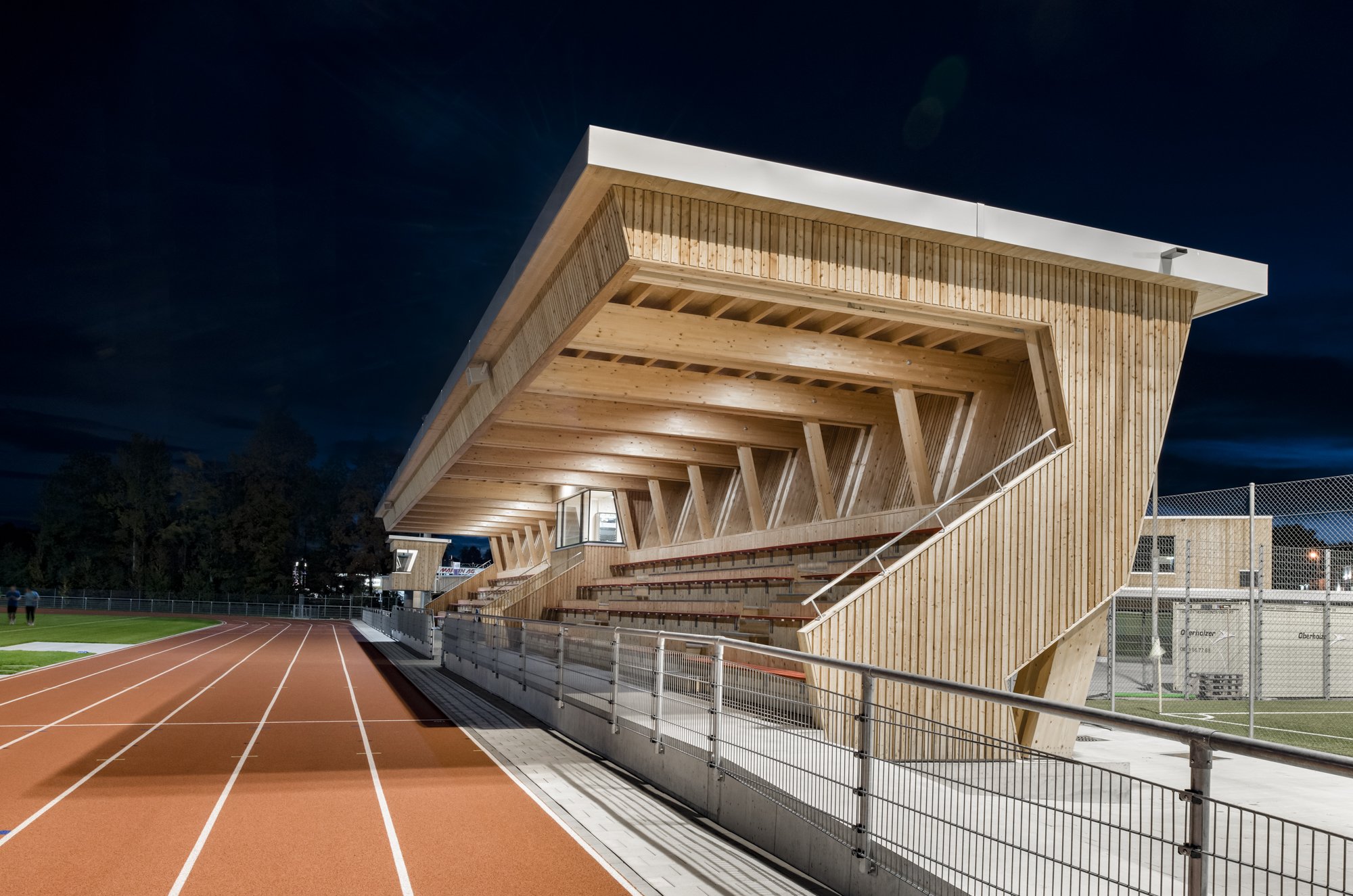

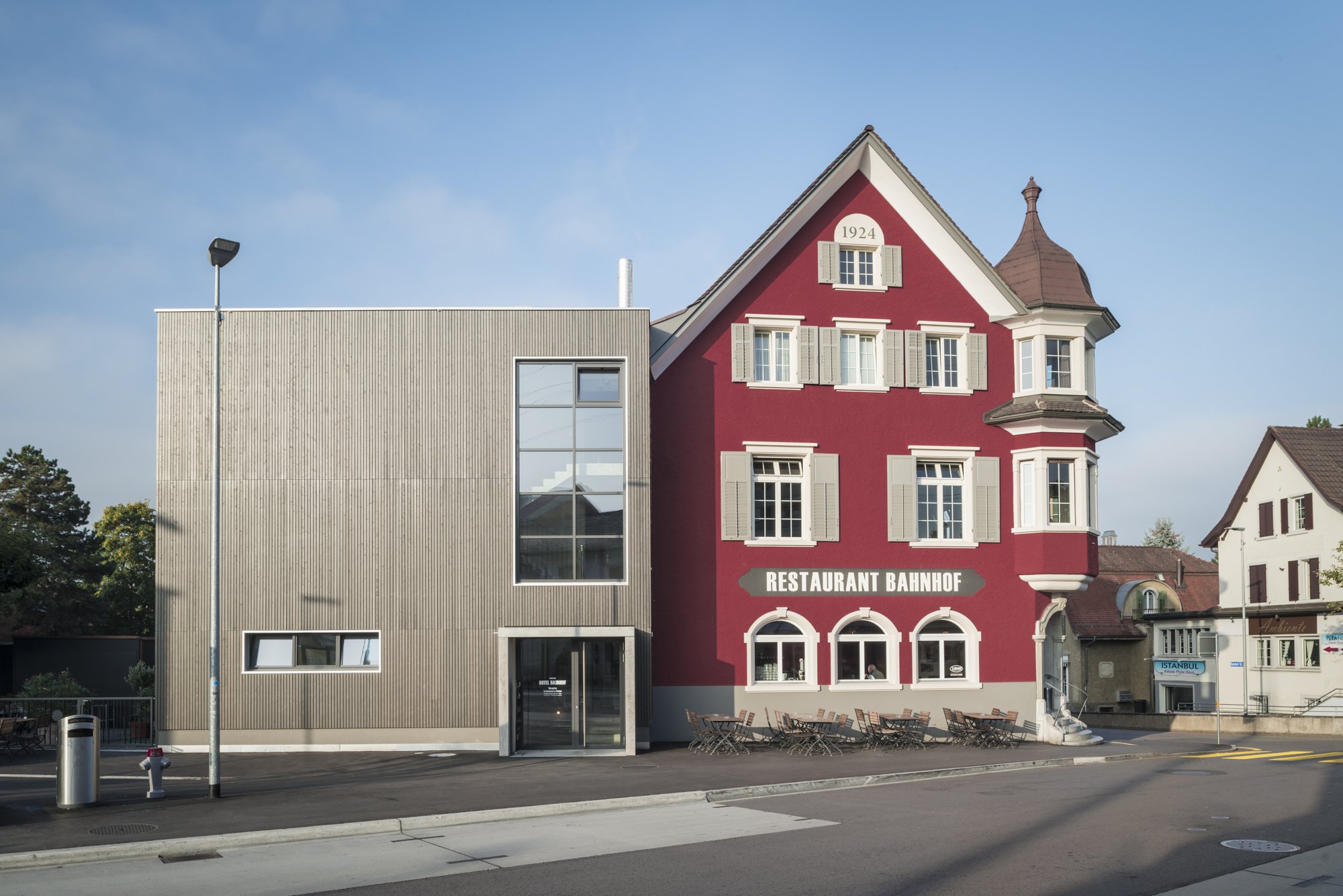


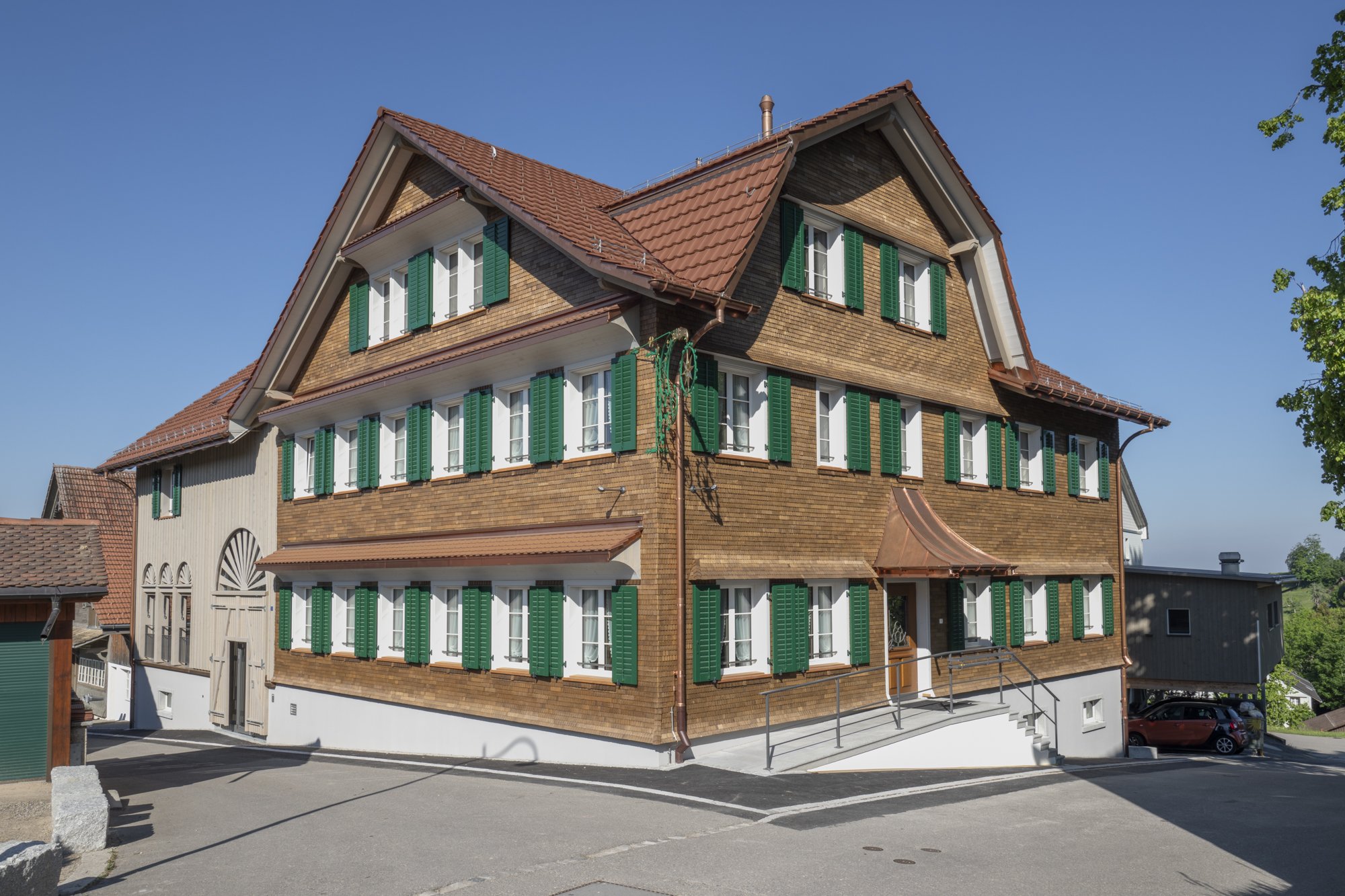

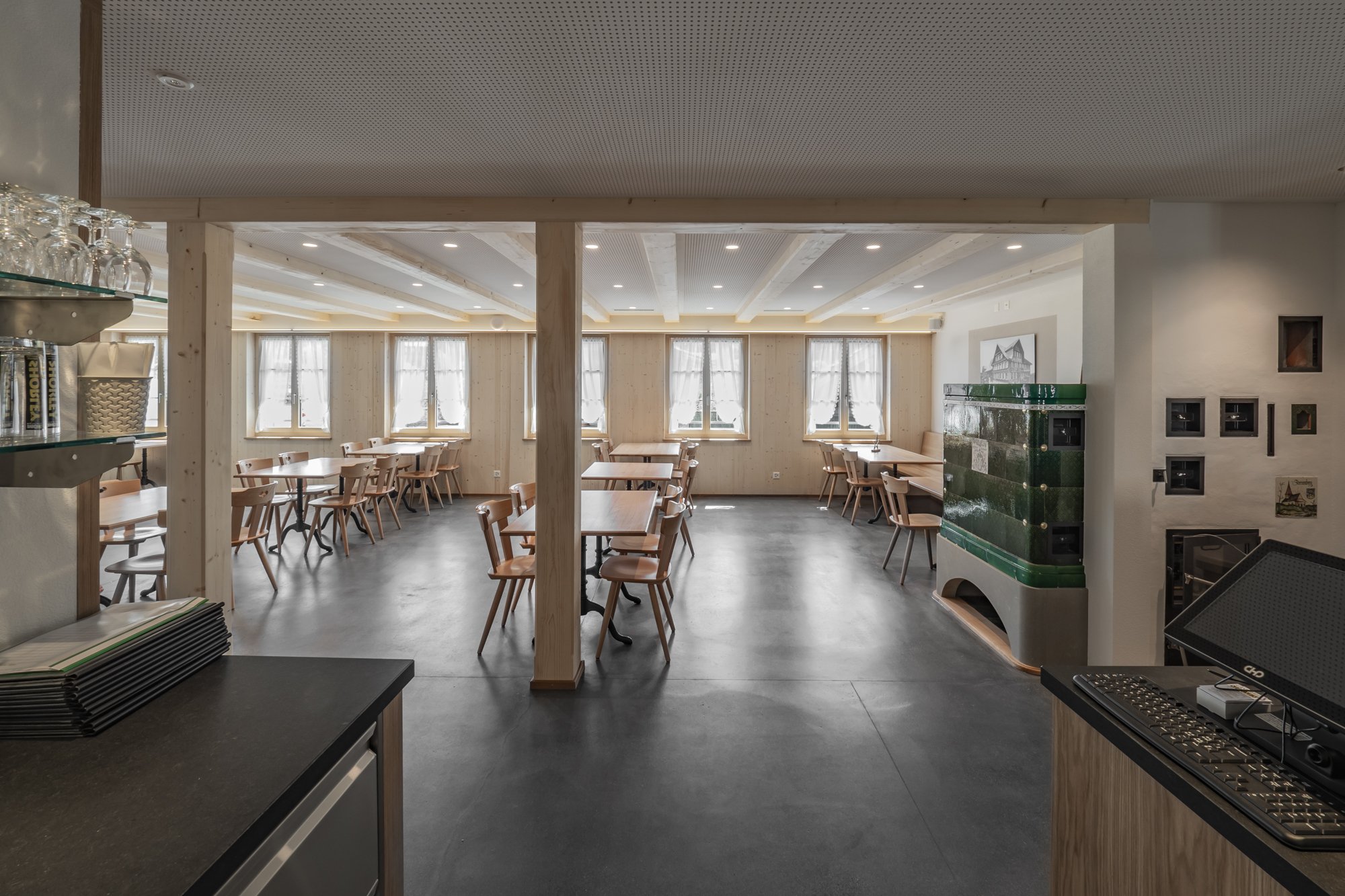
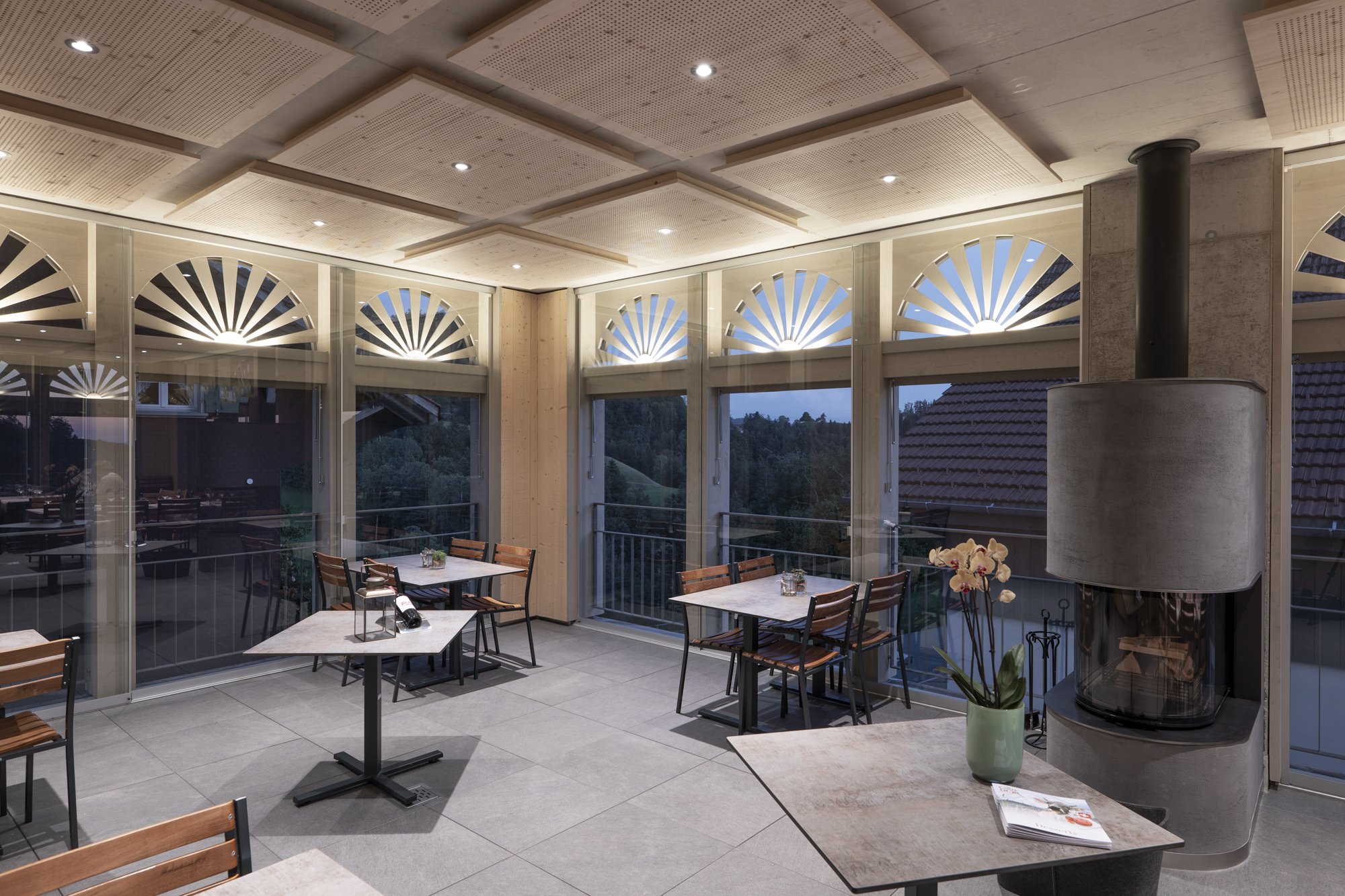







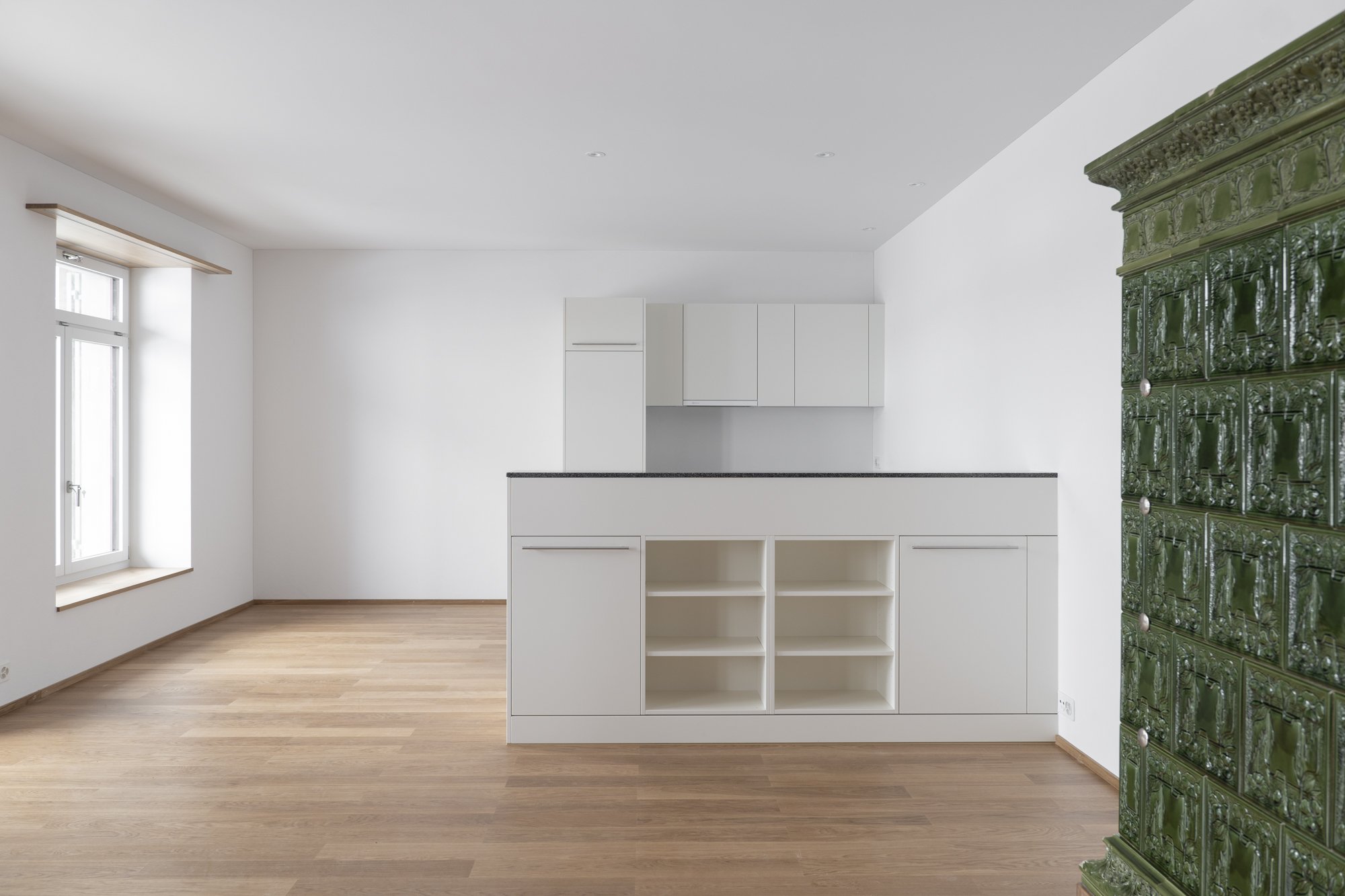
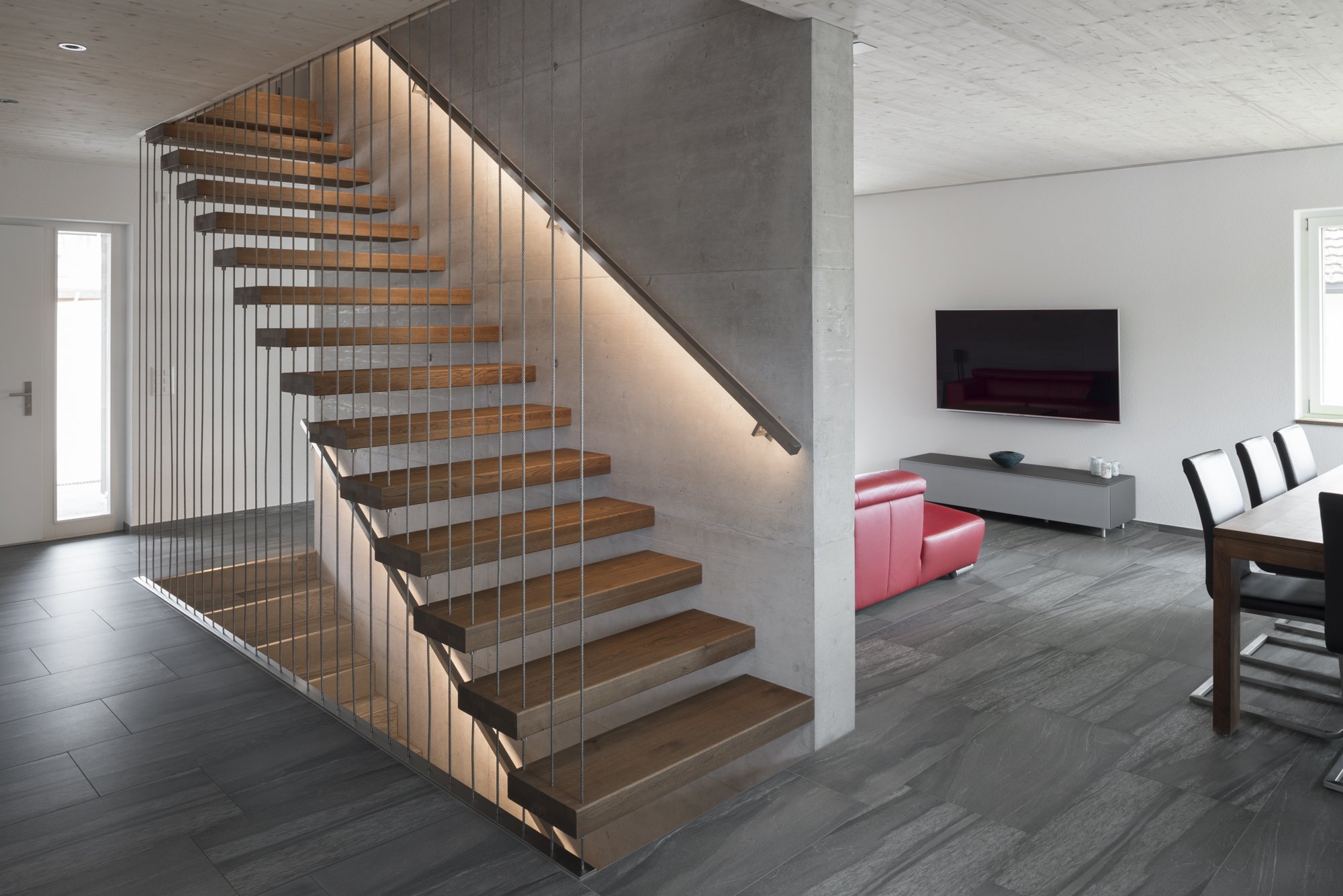

Hier sind einige zentrale Aspekte der Architekturfotografie:
1. Licht und Schatten
Das Spiel von Licht und Schatten ist entscheidend für die Stimmung und das Volumen eines Bauwerks. Tageszeiten wie der frühe Morgen oder späte Nachmittag können dramatische Schatten werfen und interessante Kontraste erzeugen.
Künstliche Beleuchtung kann ebenfalls eine Rolle spielen, insbesondere bei Nachtaufnahmen von städtischen Gebäuden.
2. Komposition und Perspektive
Architekturfotografen arbeiten oft mit Linien, Symmetrien und geometrischen Formen, um den Betrachter visuell zu leiten.
Perspektive und Winkel sind entscheidend – von der klassischen Frontalansicht bis hin zu dramatischeren Blickwinkeln, die die Tiefe und Größe eines Gebäudes hervorheben.
3. Technische Präzision
Architekturfotografen achten oft auf Details wie Verzerrungen, die durch Weitwinkelobjektive entstehen können. Verzerrungen, wie z.B. das „Kippen“ von Wänden, werden entweder durch spezielle Objektive (wie Tilt-Shift-Objektive) oder durch digitale Nachbearbeitung korrigiert.
4. Die Bedeutung des Kontextes
Ein gutes Architekturfoto sollte nicht nur das Gebäude an sich zeigen, sondern auch dessen Umgebung und die Beziehung zur Stadt oder Landschaft einbeziehen. Dies kann sowohl das Umfeld als auch den Standort des Gebäudes umfassen.
5. Stil und Atmosphärische Wirkung
Der fotografische Stil kann stark variieren, von dokumentarischen und sachlichen Aufnahmen bis hin zu künstlerischen Darstellungen. Der Fotograf entscheidet, ob er das Gebäude in seiner reinen Form zeigen möchte oder ob er es in eine emotionale oder dramatische Atmosphäre eintauchen lässt.
6. Technische Ausrüstung
Architekturfotografie erfordert häufig eine hohe Bildqualität, sodass Kameras mit hohen Auflösungen und hochwertige Objektive erforderlich sind.
Oft werden Weitwinkelobjektive verwendet, um größere Gebäude oder weite Stadtansichten einzufangen, ohne dabei zu starke Verzerrungen zu erzeugen.
Die Nutzung von Stativ und Fernauslösern ist üblich, um bei langen Belichtungszeiten oder in schwierigen Lichtverhältnissen die Schärfe zu gewährleisten.
7. Post-Production
In der Nachbearbeitung wird oft der Kontrast angepasst, die Belichtung optimiert und Farben hervorgehoben. Auch die Korrektur von geometrischen Verzerrungen ist häufig notwendig.
HDR (High Dynamic Range) ist eine beliebte Technik, um Details sowohl in den hellen als auch in den dunklen Bereichen eines Bildes zu bewahren.
